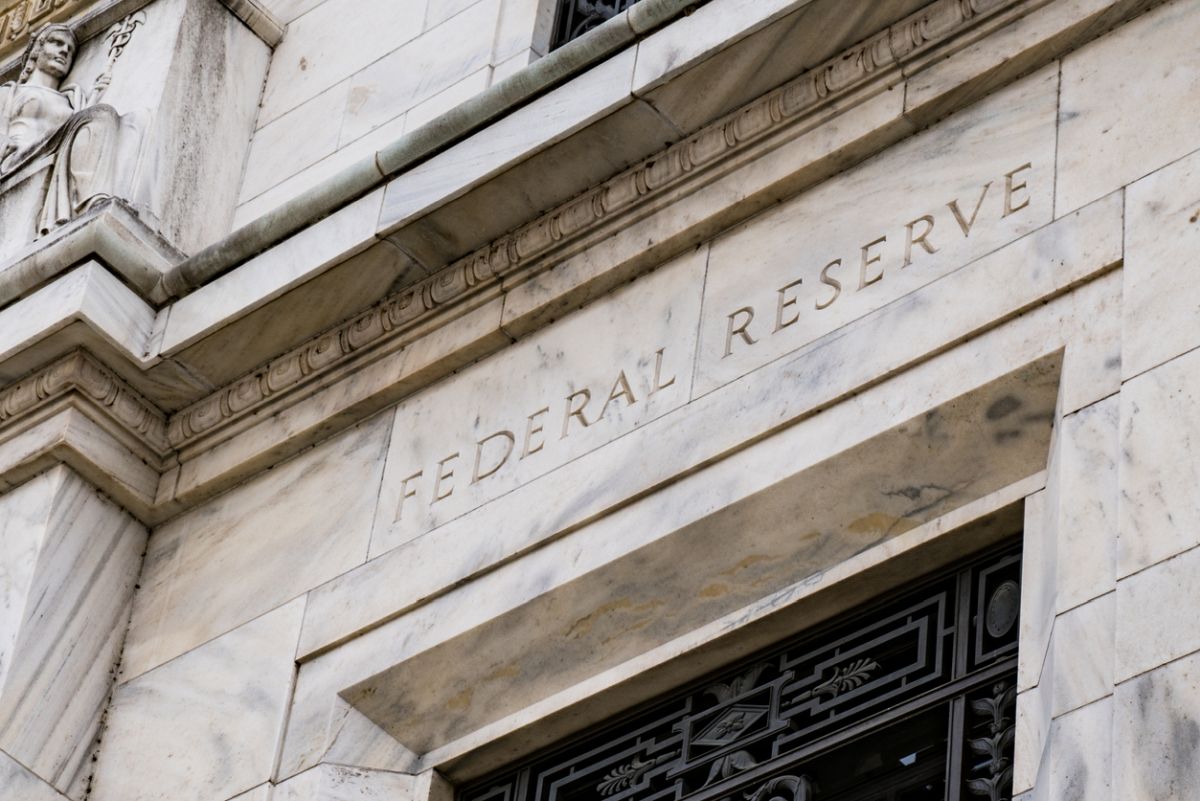US: 4 killed after tornadoes hit Oklahoma
At least four people have been killed since Saturday night when multiple large tornadoes began to hit Oklahoma in the US, Oklahoma Governor Kevin Stitt has said at a news conference.
The latest US jobs report has set the stage for a recalibration of expectations at a time each economic indicator carries weighty expectations. The resounding message: uncertainty looms, and the Federal Reserve finds itself at a pivotal crossroads.

Facade on the Federal Reserve Building in Washington DC (Photo: Getty Images)
The latest US jobs report has set the stage for a recalibration of expectations at a time each economic indicator carries weighty expectations. The resounding message: uncertainty looms, and the Federal Reserve finds itself at a pivotal crossroads. With Wall Street rallying and the dollar strengthening in response to robust job growth, the narrative of imminent rate cuts has encountered a significant plot twist. The Federal Reserve, often viewed as the steward of economic stability, now faces the challenge of balancing its dual mandate of maximising employment and controlling inflation. Gold prices soaring to record highs and the Mexican peso gaining ground underscore the global ripple effects of America’s economic performance.
Investors, ever vigilant, are scrutinising every nuance, re-evaluating their projections for Fed policy shifts. Yet, amidst the flurry of market reactions, it is essential to recognise the broader context. While the jobs report paints a rosy picture of employment gains and steady wage growth, it is but one piece of the puzzle. The Fed, tasked with navigating complex economic currents, must weigh various factors beyond headline numbers. The tug-of-war between bullish market sentiment and cautious Fed deliberations reflects the delicate dance of monetary policy. The Fed’s recent hints at potential rate cuts have been tempered by data suggesting a resilient economy and inflationary pressures. In this landscape of uncertainty, the upcoming consumer price index (CPI) report assumes heightened significance.
As markets eagerly await insights into inflationary trends, the Fed’s response hinges on the delicate balance between fostering economic expansion and averting overheating.Amidst the speculation and market volatility, one thing remains clear: the Fed’s approach must remain agile and data-driven. As economic landscapes evolve and external factors exert influence, adaptability becomes the cornerstone of effective monetary policy. In navigating the intricate web of economic indicators and market dynamics, the Fed’s commitment to transparency and prudent decision-making will be paramount. Small business surveys hint at a nuanced reality beneath the surface, with demand for workers tapering and wage growth hovering around the Fed’s inflation target.
Advertisement
Such indicators offer valuable insights into the underlying dynamics driving the labour market and inflation dynamics. As the global economy grapples with geopolitical tensions and supply chain disruptions, the Fed’s task is further complicated. Oil prices, propelled by geopolitical concerns, add another layer of complexity to the equation, underscoring the interconnectedness of economic forces. Against this backdrop, investors find themselves navigating uncharted waters, recalibrating their expectations and hedging against uncertainty. The Fed, guided by data and foresight, must tread carefully, mindful of the far-reaching implications of its decisions. In the end, the trajectory of monetary policy will shape not only financial markets but also the broader economy. As stakeholders across the globe await the Fed’s next move, one thing remains certain: in the ever-evolving saga of economic policymaking, adaptability and foresight are paramount.
Advertisement